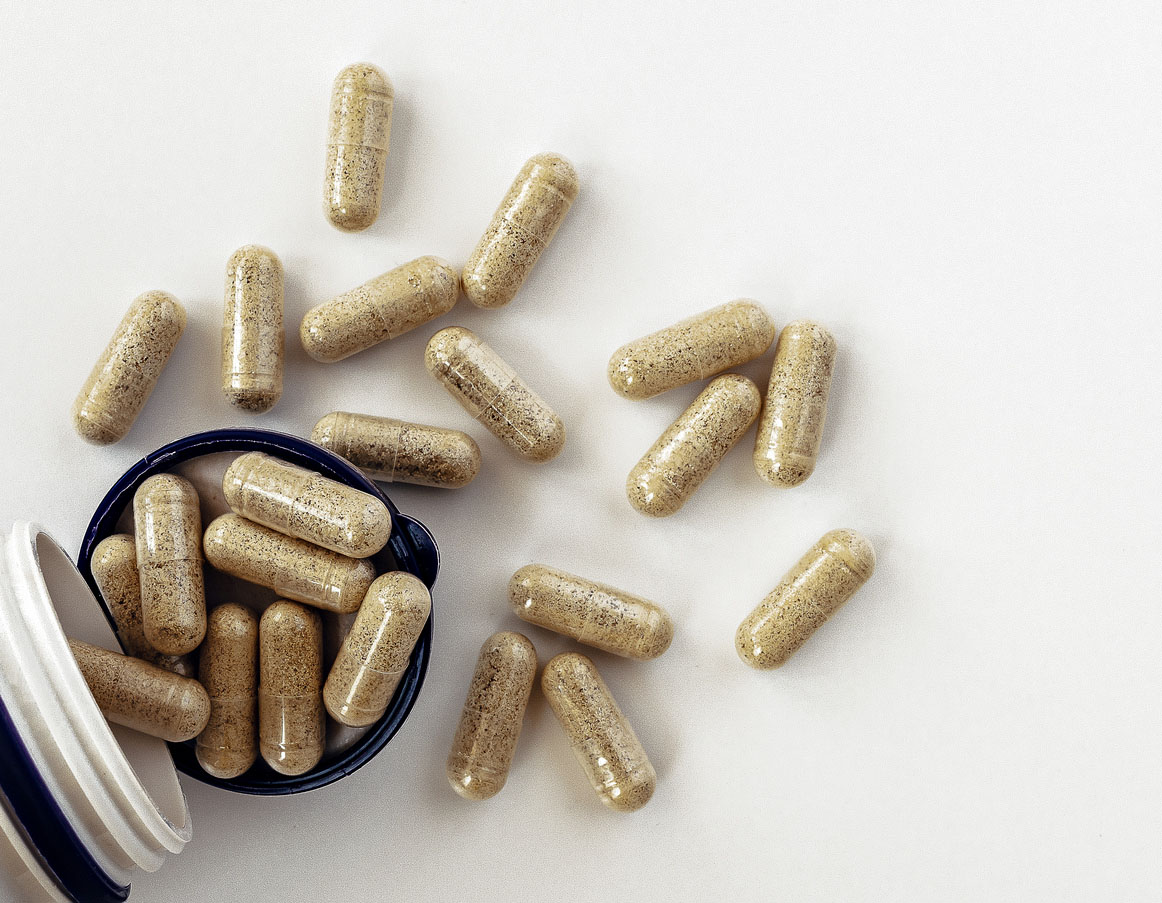Q: I’ve been taking vitamin D for a long time and my levels are still low. Why?

A: There are many reasons serum vitamin D levels remain low, even after longtime supplementation.
First, how much vitamin D are you taking? If you live in the Northeast, you likely need more in winter than during the rest of the year. Taking your typical doctor-recommended dose of only 1,000 to 2,000 IU per day will not suffice. Many people need as much as 4,000 to 7,000 IU to make any appreciable difference in levels.
Also important: What form of vitamin D are you taking? Is it D2 (ergocalciferol)? Ergocalciferol is less bioavailable than D3 (cholecalciferol). Unfortunately, ergocalciferol is still commonly prescribed.
Another reason for chronic low levels is malabsorption. Certain medical conditions that cause fat malabsorption such as celiac disease, Crohn’s disease, cystic fibrosis, even gastric bypass surgery, make fat-soluble vitamins such as vitamin D less bioavailable.
Do you have liver or kidney disease? Calcitriol, the active form of vitamin D, is dependent on optimal liver and kidney function for its conversion.
If you are African American, you should know there may be genetic differences in the binding of vitamin D to receptors, causing lower levels.
Are you overweight or obese? Vitamin D is sequestered by fat cells, decreasing bioavailability.
Finally, are you taking a statin? Cholesterol is the substrate necessary for vitamin D synthesis. Taking Lipitor or other statins may inhibit your vitamin D levels from increasing. (Although interestingly, some research indicates the opposite.)
Moreover, certain medications activate the destruction of vitamin D to its inactive form, calcitroic acid. These drugs include anticonvulsants, glucocorticoids, antirejection medications (following organ transplant surgery) and antiretroviral medications used in HIV/AIDS.
The correct blood test for vitamin D is 25(OH)D, aka “25-hydroxy vitamin D.” Ideally, serum levels should be checked twice a year— at the end of summer (when levels will be higher) and again at the end of winter (when levels will be lower). Your qualified practitioner will determine your optimal vitamin D dose based on this test and your concurrent medical conditions, if any.
At the very least, vitamin D should be checked as part of your annual physical exam. For more information and the latest research about vitamin D, visit the Vitamin D Council.
To your health!






